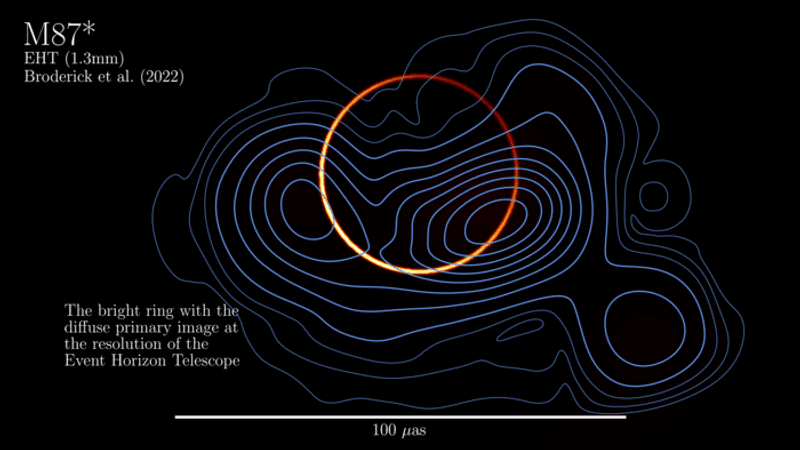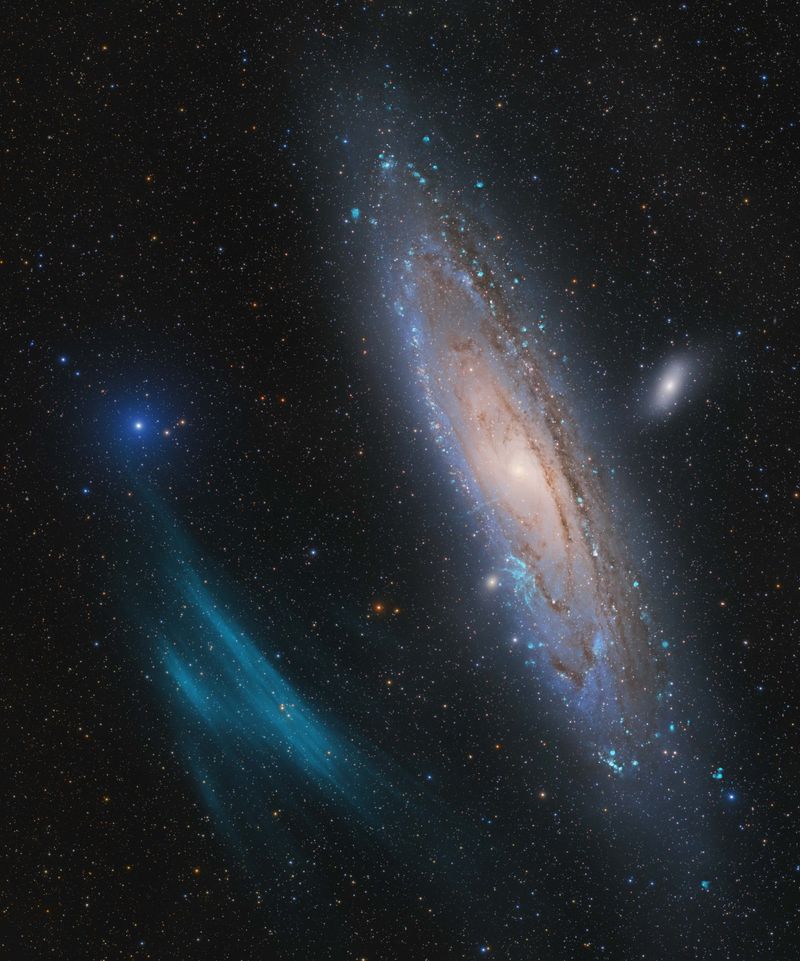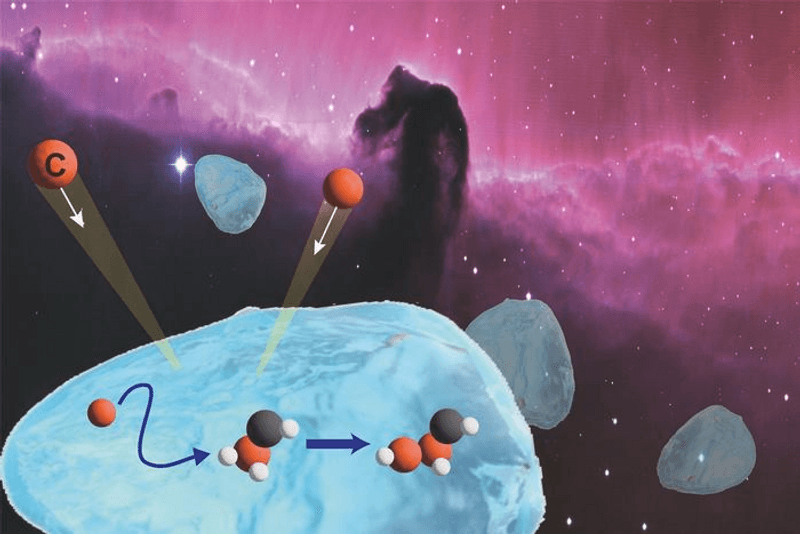The intense gravity of a supermassive black hole is so strong that near its event horizon, photons can be forced to do multiple orbits before escaping. This is known as the photon ring. Following the observations of M87*, researchers believed that the faint photon ring was hiding within the historic image. Now, a team has extracted that incredible feature.
As reported in The Astrophysical Journal, astronomers employed a new and sophisticated algorithm to extract the fingerprint of the photon ring. Not only that, the team also isolated the telltale footprint of the relativistic jet that extends tens of thousands of light-years from this supermassive black hole.
“The approach we took involved leveraging our theoretical understanding of how these black holes look to build a customized model for the EHT data,” Dominic Pesce, a team member based at the Center for Astrophysics Harvard & Smithsonian, said in a statement. “This model decomposes the reconstructed image into the two pieces that we care most about, so we can study both pieces individually rather than blended together.”
.png)
The breakthrough was not easy. Back in 2017, the Event Horizon Telescope (EHT) used observatories across the globe simultaneously, turning them into a single virtual telescope the size of the Earth. This allowed astronomers to see the complex emission around the supermassive black hole in galaxy M87 and Sagittarius A*, which sits at the center of the Milky Way.
The emission from the immediate surroundings is much brighter than the photon ring, making it incredibly difficult to be spotted. However, the EHT was designed with a focus on computer analysis of complex data, allowing the team to isolate the photon ring from the original observations.
“We turned off the searchlight to see the fireflies,” lead author Avery Broderick, an associate faculty member at Perimeter Institute and the University of Waterloo. “We have been able to do something profound – to resolve a fundamental signature of gravity around a black hole.”
The work here is based on the original 2017 observations from the EHT. Since then, several campaigns took place to observe M87*, Sagittarius A*, and many other interesting objects. Given just how much it is possible to extract from the original observations, the new stuff will provide even more insights into some of the most extreme objects in the cosmos.




